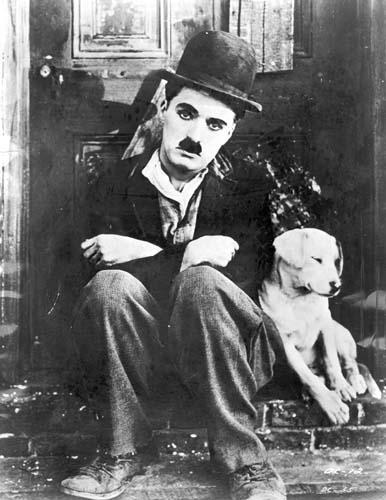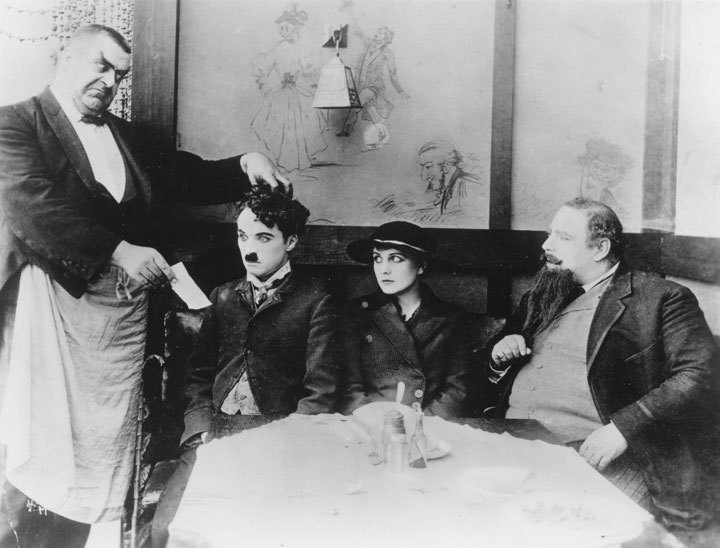Why it's here:
I had heard of this film, but didn't chose it for our festival, for reasons I don't remember. But long after we'd passed 1927,
Wings kept coming up whenever we were talking with people about our festival. At least 3 different people suggested we include it; so even though we're in the mid-40s, we took a little detour back in time to 1927 to see the film.
In addition to it's simply being a wonderful film,
Wings is notable for having won for best picture in the very first Academy Awards ever! (And, until this year's
The Artist, long remained the only silent film to have done so).
Specs:
Almost 2 and 1/2 hours, black and white, silent
Set in World War I
Our family's average rating on a scale of 1-10:
8.0
More about the film and our reaction to it:
Wow. It is hard to start the review with anything but "wow!" If you think you don't like silent film, you probably have not seen
Wings. This movie, set in WWI and filmed a decade later, is riveting and action-packed, featuring two young pilots in their authentic biplanes doing amazing maneuvers. This picture had a 2 million dollar budget -- I have no idea what that would be in 2012 dollars, but I'm sure its a lot. The film has amazing biplane stunts, buildings being blown up, several plane crashes, and very cool special effects (such as drawn-in bubbles for champaign, yellow gun blasts, and trails of fire and smoke that had to have been added post-production.) The production is stunning for its time.
Buddy Rogers plays Jack and Richard Arlen, David, two young men who train to pilot biplanes in WWI. The amazing thing is that both actors took flying lessons in order to star in the film so they could be filmed in the air! The director, himself a young veteran (William Wellman)
filmed on location at an air force base in Texas, using actual troops as extras. The formation-flying scenes relied on military pilots and the stunt flying (including spins, dives and crashes) took advantage of the very best stunt pilots of the day. The film's attention to detail pays off with a very authentic feel that is absolutely transporting.
The plot is rather thin, turning on the relationship that is at first strained and ultimately very close of two young pilots. They both think they love the same woman - and although that issue is billed as the main tension of the film, it really isn't that interesting of a plot point. Their relationship with each other and the character played by Clara Bow are what the film rests on.
Bow, who has top billing because she was by far the film's biggest star, reportedly said that she didn't like her role because the movie was a "man's" picture and she was just the whipped cream on top. Its true that the film is a man's picture and views like an early
Top Gun, but I disagree with Bow about her character's relevance. She is essential to the film being as good as it is. Without her, it would have rested just on the themes of male friendship and battle and would have gotten even more bogged down in long dog fights. But Bow is sparkly, fresh, earnest and funny. She serves as the important counterpoint to all the intensity. She may not have been the centerpiece, but without her, the movie would have suffered. She was certainly one of our favorite parts. Another very cool thing is the brief appearance of Gary Cooper in a small part. It is clear that he has star power. His energy and charisma are great. And his style of acting is quite different from everyone else's -- you can see why he had no trouble making the transition to sound.
Speaking of sound, though this is a silent film, the dvd we watched had an incredible sound track. The music is very fitting and the sound effects are perfect. It enhanced the experience considerably and, it is another of those silents where you can't quite remember it not having spoken dialog. You just don't miss it at all.
As great as the film is, truly, it is too long -- especially since it is rather thin on plot -- and would have been better with a half hour shaved off, which could have been accomplished with a bit less time on the drawn-out battle scenes. Still, it was exceptional entertainment for all of us, including the boys' grandfather who watched with us and is a veteran of WWII. If there is anyone in your house who likes airplanes (or war films) they would love this film.
Some parent-notes are in order here. For starters, it really is pretty intense. It was recently re-released and assigned the equivalent of a PG-13. I think that's a very appropriate rating. For violence, there are a fair amount of bloody battle scenes, intense dog fights in the sky, graphically depicted bullet holes shattering planes, planes crashing violently, and the death of a beloved character. As to sex/nudity, there is a funny scene in the beginning where you can see a bunch of bare male behinds as the men are getting their physicals for military service. The cool thing is that, unlike modern movies, this is seriously underplayed. The men are in the next room while the main action is going on and the scene seems to be there for authenticity and not gratuitously done. A fairly long, drawn-out scene in a Paris night club is rather racy. First, we (briefly) see a poster of a woman in a skimpy costume, then a lead character is shown very drunk and in process of picking up a woman companion. Clara Bow's character (who is in love with him) intervenes and goes to his room with him instead. Although their interaction is innocent and he passes out, she is changing from her evening gown into her military one when MPs come in and see her half-dressed. Although she covers up immediately, a bit of nudity is shown. Again, it is part of the plot and downplayed.
Iconic shot:















